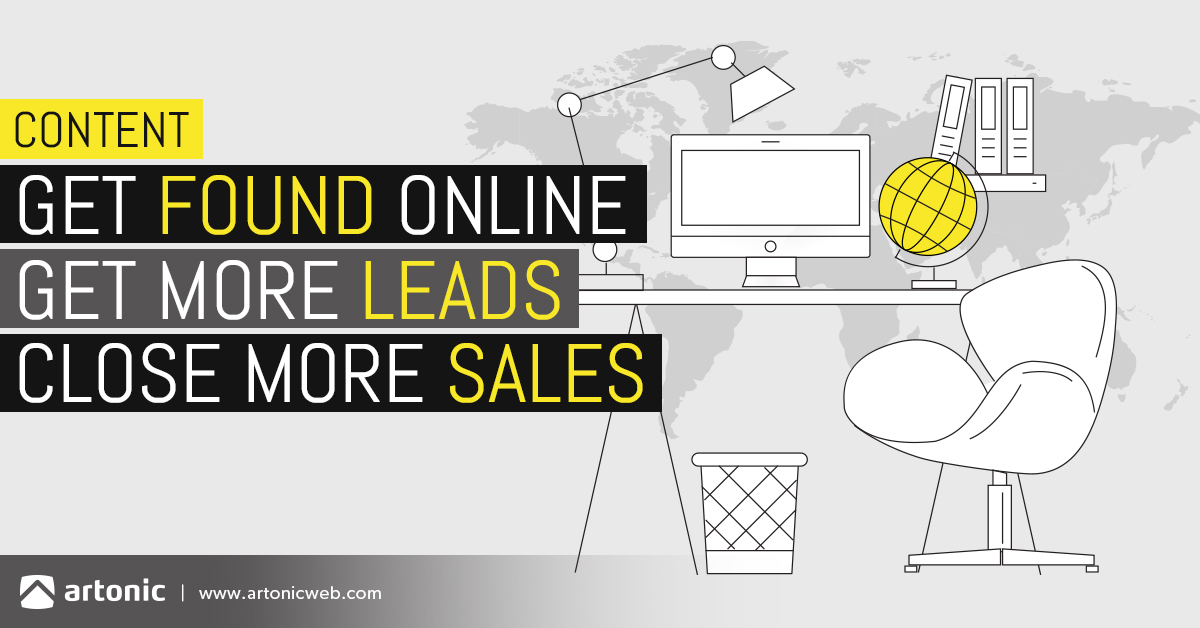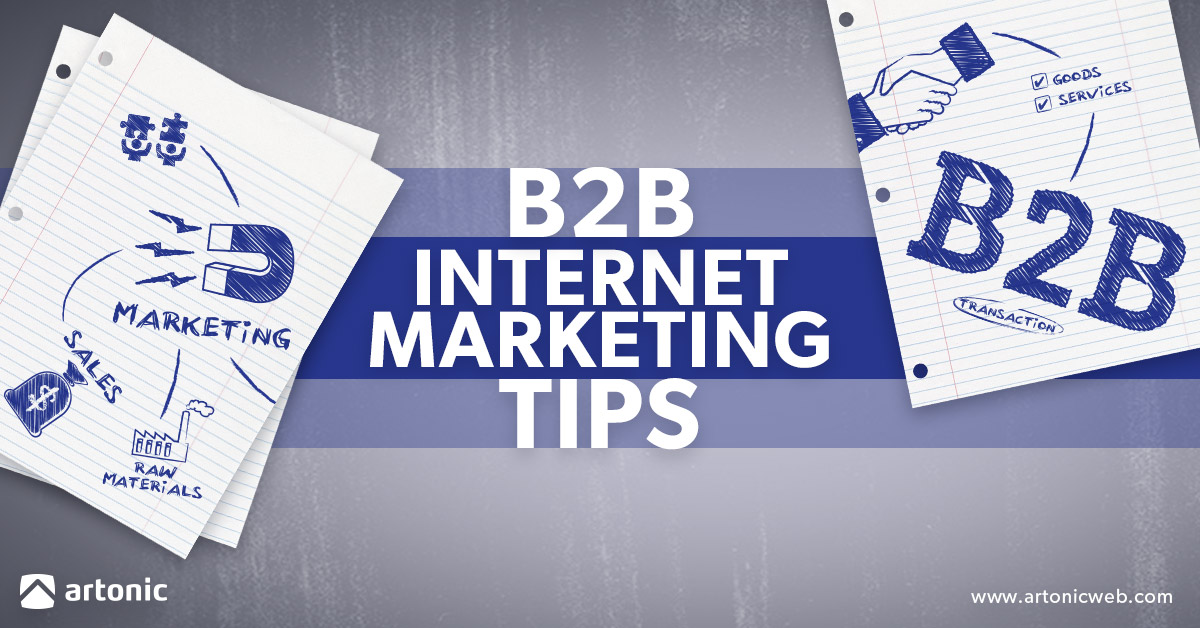What is Content Marketing?
Simply enough, Content Marketing is a digital marketing strategy that uses content to lead customers through the sales funnel. Content is used at all stages of the sales process – top, middle, and bottom.
Content refers to all types of media used to attract, convert, close, and delight customers – from written articles to videos, podcasts, and infographics!
What Areas of Sales does Content Marketing Affect?
Content marketing affects all areas of sales; it attracts leads at the top of the funnel (TOF), converts them into leads in the middle, then nurtures them into customers at the bottom of the funnel. It’s also used after sales, to keep customers happy and satisfied and to upsell your current customers.

How Does It Affect the Top of the Funnel?
The top of the sales funnel uses content to attract relevant visitors to a company’s website. Blogging is used to bring customers to you. Here’s how it works: You create an awesome blog and publish it. It goes live on your blog and you promote it on your social media accounts (LinkedIn, Facebook). People find it. They read it. They like it! You’ve successfully attracted visitors to your website with content!
I know, you have questions. How does that work? How do I know what to write? It’s not really for serious businesses, is it? Will my customers really respond to content our company creates?!
Yes! The modern customer is savvy. She takes matters into her own hands – if she wants to find out more about a topic, she researches it online (usually via a search engine like Google).
Stats that Prove Content Marketing WORKS
Of course, I wouldn’t expect you to take my word for it! Here are a few stats to back me up:
89% of online consumers use search engines when making a purchasing decision. Source: Fleishman-Hillard
Please don’t tell me that your target audience isn’t using the Internet. They are. I don’t care who your target demographic is – they use Google.
70% of Consumers prefer getting to know a company via Articles not ads. Source: Content Plus
That’s right – your customers don’t like ads! They like real content that answers their questions and interests them.
46% of online consumers count on social media when making a decision. Source: Nielsen
Again, please don’t tell me that your target audience doesn’t use social media. They do. Read the statistic again. Not only do they use social media, they trust it. Why? Because social media is filled with real people posting real opinions about things.
53% of organic search clicks go to the #1 search result. Source: Search Engine Watch
This is important to know because publishing articles isn’t all you have to do – you need to ensure it’s optimized for Google, too.

How Does It Affect the Middle of the Funnel?
So, you’ve successfully attracted customers to your website, congrats! Getting people to your website is no small feat. But we want to make the most of those users. That’s why the next step is to convert that traffic into solid, qualified leads for your company.
You have more questions, don’t you? I’d be disappointed if you didn’t! You might be wondering, How do I convert website traffic into leads? Does this really work for real companies?
Yes, using content to convert your website traffic into qualified leads works, and it’s not magic or complex. It’s a matter of understanding how to convert traffic into leads.
The most effective way is to use a very engaging piece of content as your bait – your carrot on a stick. But keep that content “gated” so that users can’t get to it. Then make that gated content accessible, if the user gives you her contact information. Ensure that your gated content is placed on a landing page with a strong call-to-action (CTA) and a form. The more valuable your content is, the more information you can ask for from your users. If they really, really want that content, then they’ll give you an email address for it.
You can increase the effectiveness of your content, landing page, CTAs, and forms, too. There are many studies done around landing pages, conversion rate optimization, A/B testing, and the like. But the bottom line is, landing pages convert.
Stats that Prove Landing Pages Get More Leads
Again, let’s take a look at some statistics:
48% of Marketers build a landing page for each campaign. Source: MarketingSherpa
Why do professional digital marketers rely on landing pages? Because they work.
Adding Videos Increases conversions by 86%. Source: Eyeview
Have a landing page out there? Consider adding a video to increase your lead conversions!
A/B Testing pages increases conversion up to 264%. Source: ion interactive
A/B testing is the process of testing two landing pages against each other to find out what makes your traffic convert. Utilizing this technique can increase your leads exponentially.
For example, Gmail Once A/B Tested 50 Shades of Blue in Order to Find the Highest-Converting Color for a CTA. Source: Quick Sprout

How Does It Affect the Bottom of the Funnel?
Now you’ve reached the point where you have solid, qualified leads. What’s next? To close them.
Here’s how you use content to close leads: you become a trusted consultant through emails and offers.
The way it works is, you write a blog and attract the potential customer. The customer reads your blog. At the end of the blog, she notices that you’ve offered an eBook or video that goes deeper into the same topic. Your potential customer wants that eBook, so she fills out a very short form with her contact information and she downloads the eBook. Now she’s a lead – downloading the eBook in exchange for her contact information is the conversion point.
At this point you have leads that you want to turn into customers.
How Do You Do That?
Just as in the other two stages of the funnel, you use content to nurture your lead into a customer.
The first step is to create a series of emails in which you take your lead through the middle of the funnel into the bottom of the funnel.
After the research and investigation phase in the middle of the funnel, your lead reaches the bottom of the funnel where he is ready to make a decision.
Stats that Prove Emails Increase Sales
Let’s take a look at some stats about nurturing leads with content in emails:
66% of consumers have made an online purchase because of a marketing email. Source: Direct Marketing Association
Only 25% of leads are sales ready; the other 75% need to be nurtured. Source: Gleanster Research
Nurtured leads make 47% larger purchases than non-nurtured leads. Source: The Annuitas Group
Businesses that use marketing automation to nurture leads experience a 451% increase in qualified sales leads. Source: The Annuitas Group

Let’s Close This
The sales process has changed – and for the better, in my opinion. Today, our customer is much more educated and aware. Our leads want information so that they can make smart decisions. They don’t want to be told what the best solution is for them – they want to find out for themselves.
What we do as salespeople is offer all the information we can to our prospective customers. We need to get out there and create content – interesting, relevant, engaging content that our prospects are excited to consume (i.e. read, watch, listen to, etc.). That’s how we attract traffic, convert that traffic into leads, and close those leads into customers.
In summary, content is the salesperson’s new best friend.
So embrace it! Find out what type of content you like to create, and create it in a way that’s easy, enjoyable, and quick for you. For example, if you’re an excellent speaker, record a video of yourself. Teach your leads how to do something and publish it across your social platforms and on your blog.
Use your knowledge and expertise to offer tips and insights to those seeking your services. Consistently publish content across your website, blog, social platforms, and in emails. Your prospects will come to see you as a thought leader in your industry, and will seek you out when making a decision.
Get Found Online
Want to know what what actionable steps you can take to get your B2B website found online?



